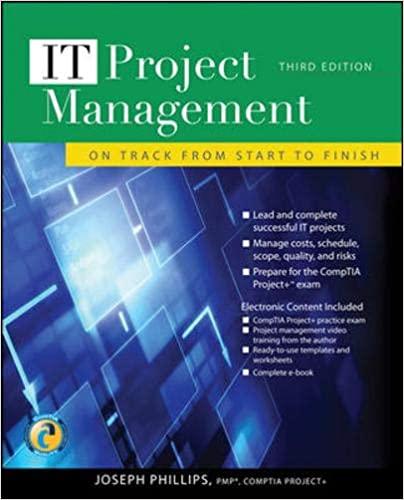Question
1. A new CEO is hired by a company during a period of rapid growth. One year later, the CEO looks back on the company's
1. A new CEO is hired by a company during a period of rapid growth. One year later, the CEO looks back on the company's performance that year, and says: "In the time since I was hired, the company grew by over 180 percent. I'm very good at my job!"
What flaw in reasoning did the CEO commit?
a. Sunk-cost fallacy b. False cause c. Alleged certainty d. Begging the question
2. A research team is interviewing supervisors to learn about the leadership styles they use. The team is specifically interested in coding the transcripts of the interviews to look for examples of leadership behaviours that match pre-defined leadership styles; and then, examining the frequency of different leadership style codes that appear in the transcripts.
Which of the following analytic strategies would be the most appropriate choice to meet this need?
a. Analytic induction b. Conceptual analysis c. Relational analysis d. Narrative analysis
3. Dr. Wilker is conducting interviews with people who left their jobs to become entrepreneurs. Dr. Wilker is specifically interested in asking her participants to describe their move to entrepreneurship within the broader context of their life history, to help her see connections between different events.
Which of the following analytic strategies would be the most appropriate choice to meet this need?
a. Relational analysis b. Narrative analysis c. Conceptual analysis d. Analytic induction
Step by Step Solution
There are 3 Steps involved in it
Step: 1

Get Instant Access to Expert-Tailored Solutions
See step-by-step solutions with expert insights and AI powered tools for academic success
Step: 2

Step: 3

Ace Your Homework with AI
Get the answers you need in no time with our AI-driven, step-by-step assistance
Get Started


